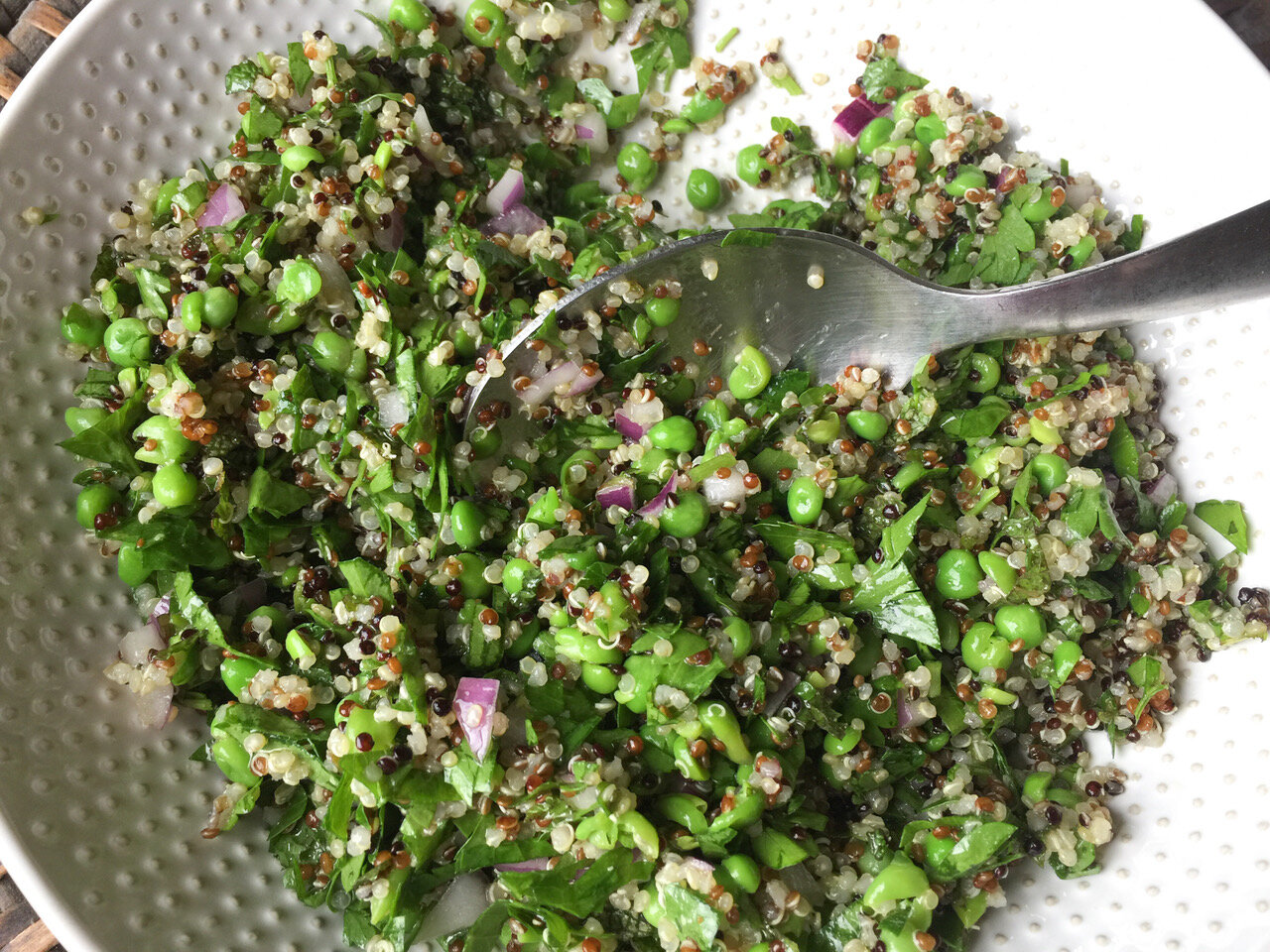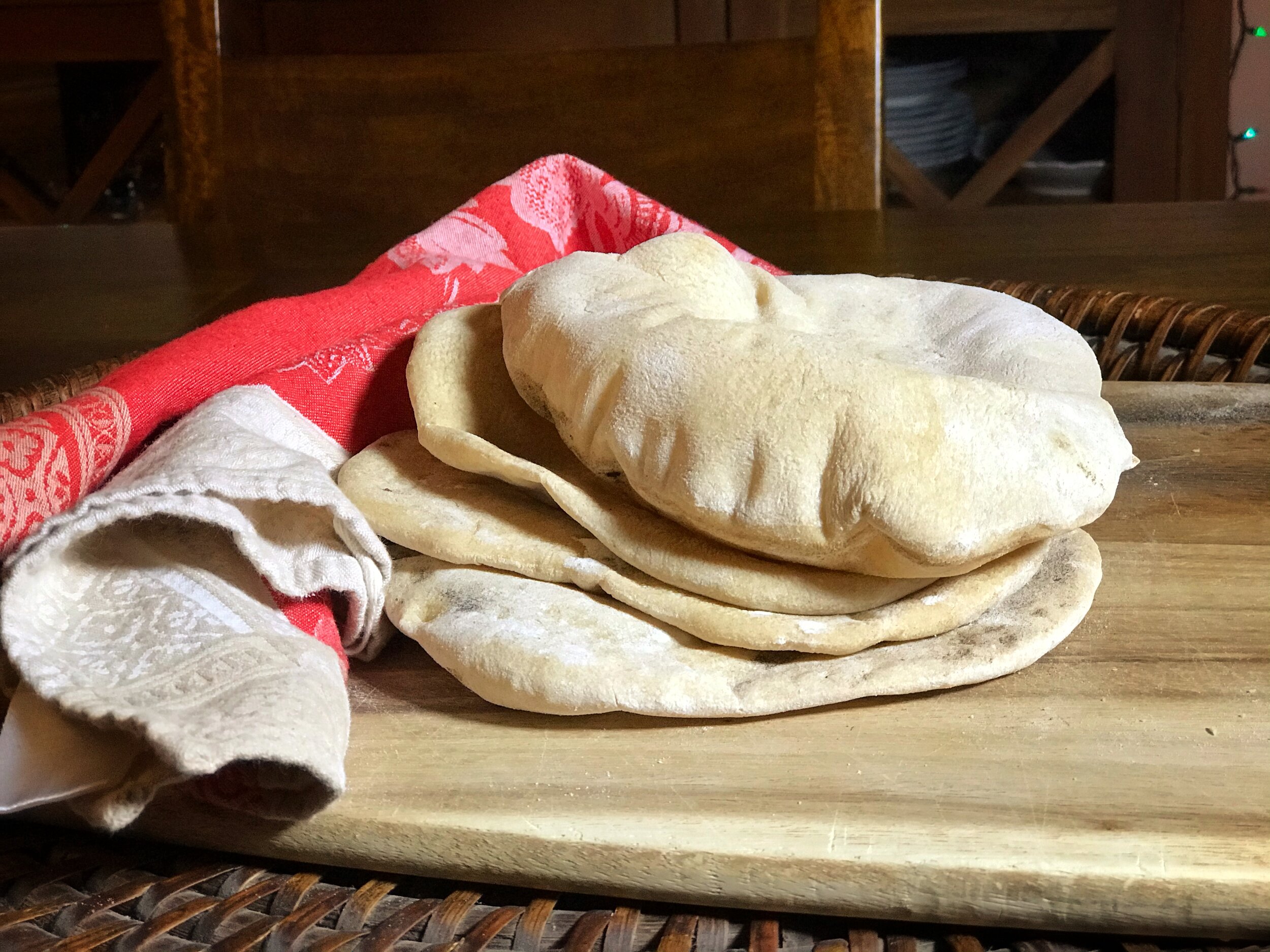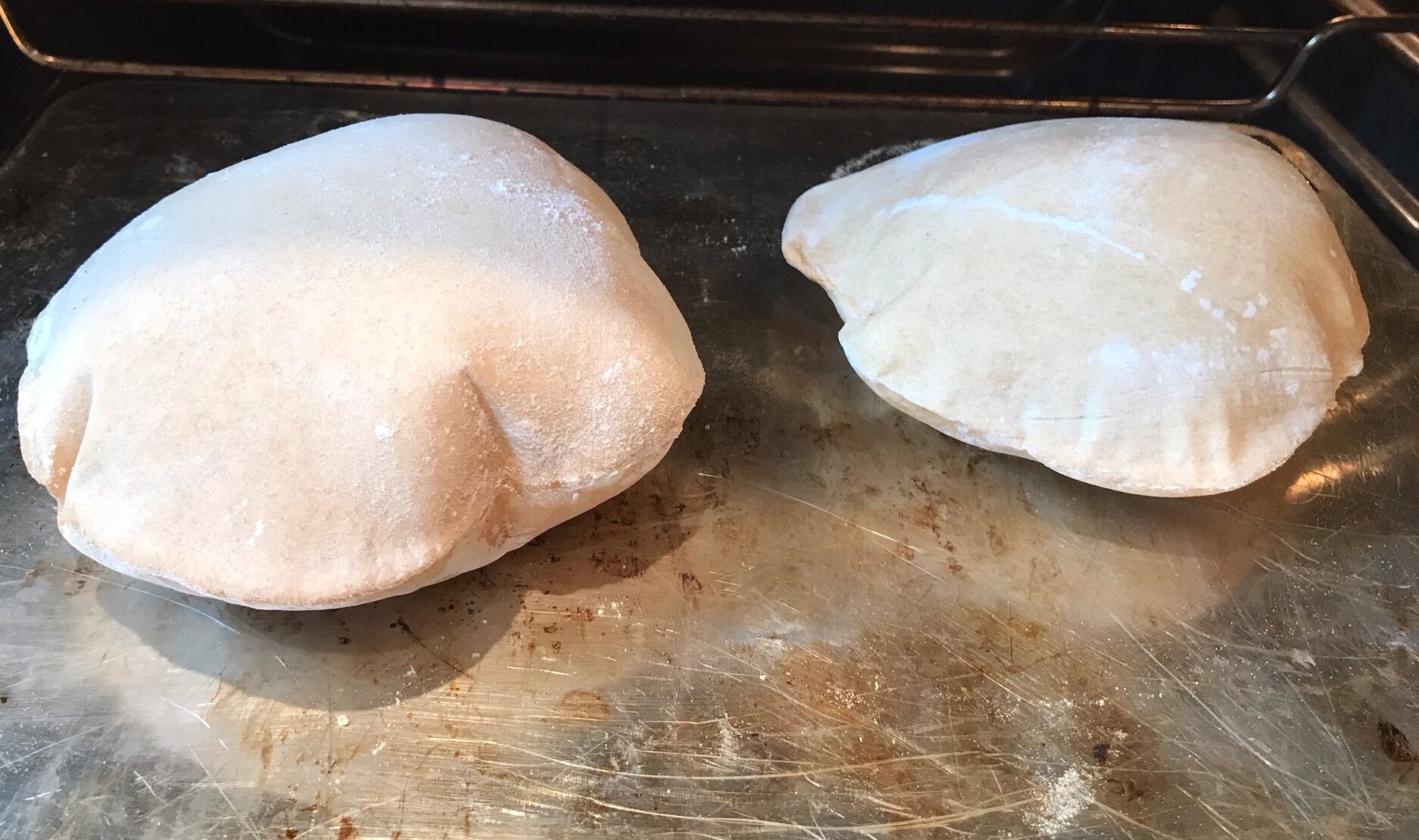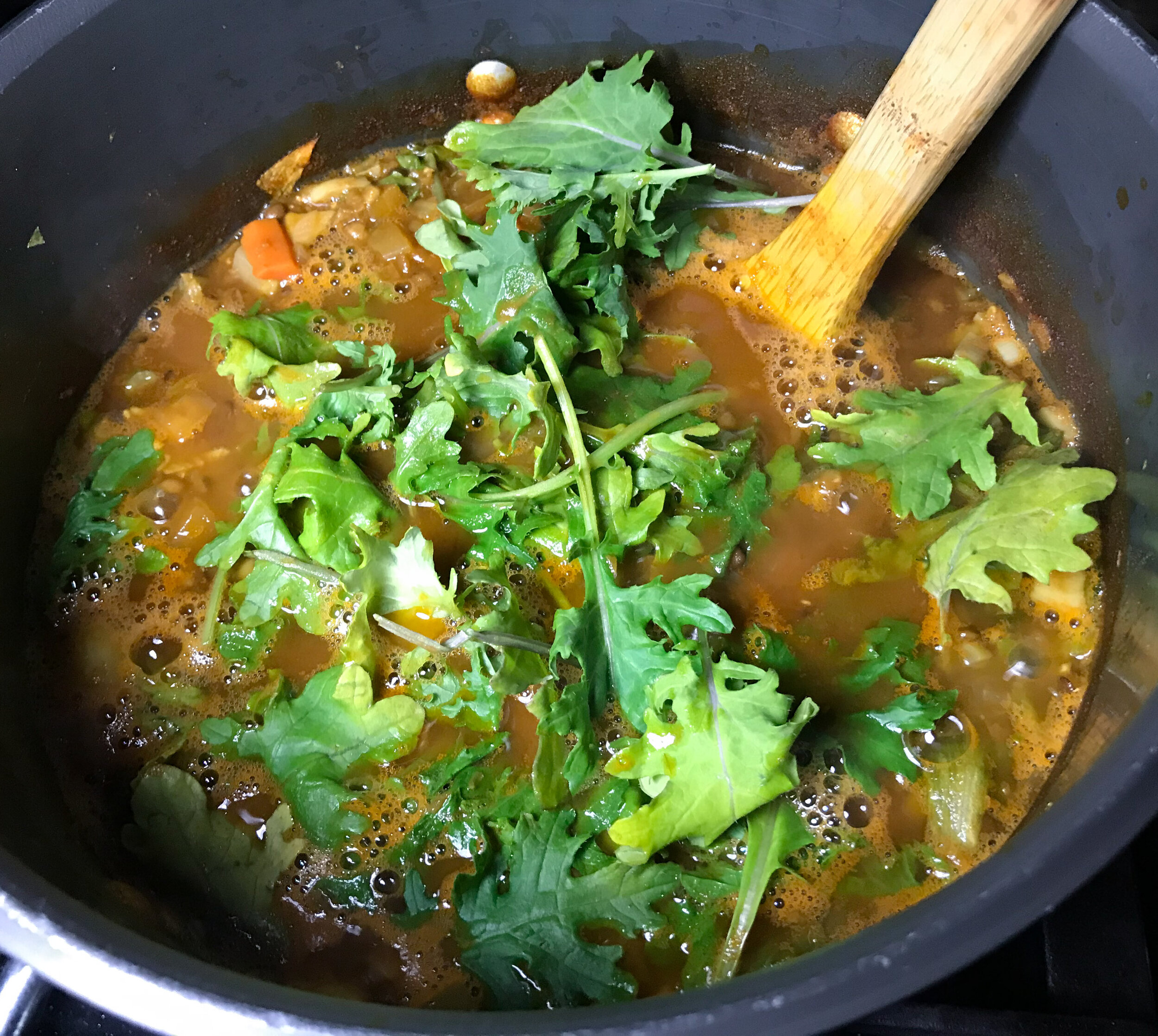It was a classic cooking-in-place moment: As I scrounged around in the fridge, even more mindful than usual of eating or cooking with every last veg before it wilted, I found a bag of romaine hearts that wasn’t nearly full enough to make a salad for the three of us.
The tender leaves still looked lovely, though — why not use them to scoop up something delicious?
More scrounging, and I found half a bunch of mint, two stray scallions and the better part of a bunch of Italian parsley: all things I didn’t have plans for in the next 48 hours and should be used. Got it — tabbouleh!
I knew I had bulgur (I do keep a well-stocked pantry) and a lemon, but there was just one hitch: no tomato. I did have some grape tomatoes, though — not the most flavorful things in the world, but the rest of the tabbouleh ingredients could lift them up.
Especially as I’d been playing with Annisa Helou’s tabbouleh recipe in her gorgeous, award-winning cookbook Feast: Food of the Islamic World. Her tabblouleh gets glorious depth from a Lebanese 7-Spice Mixture (sabe bharat) and cinnamon. (Don’t fret if you can’t manage the 7-Spice: Helou offers ground allspice as a sub.) If you do want to make the 7-Spice Mixture, here’s the recipe, which will fill your life with beguiling aromas, so it’s worth making just for that.
Into a salad bowl went chopped parsley, mint and those grape tomatoes (which I diced smaller than I would have an actual tomato), a little bulgur soaked briefly in boiling water and well drained, the spices, the juice of a lemon, a glug of good olive oil, salt and freshly ground black pepper. Tossed well, and onto a platter with those tender romaine leaves: voilà our excellent lunch on the fly!
After that I was thinking: This probably wouldn’t be the last time, during The Great Confinement, that we’d be faced with stray romaine leaves. Normally I’d tear them up and add them to other lettuces for a green salad, but salad greens these days aren’t necessarily a given. What else could romaine leaves be filled with?
Bingo: tuna and cannellini salad, which happens to be one of my pantry cooking favorites.
Here’s the recipe, which calls for either a can of cannellinis or dried cannellinis:
Stay safe, healthy and well fed, everyone.









































































